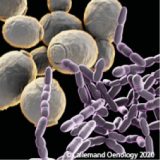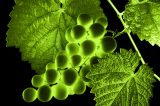Biogenic Amines in Wine and how to control them
Biogenic amines are found in fermented food and beverages, including wine. Of the many biogenic amines,
histamine, tyramine and putrescine are the most important in wine. It is the metabolism of amino acids by lactic
acid bacteria that produce the biogenic amines found in wine. Red wines tend to have higher biogenic amines
content than white wines, as this wine type all under go the bacteria driven malolactic fermentation.
The direct decarboxylation of amino acids results in the formation of biogenic amines. Extensive biochemical
and genomic characterisation has led to simple tests for the identification of biogenic amine genes in LAB strains.
Wines produced using native microflora can have high biogenic amine content. Consumer safety justifies taking
extra precautions to avoid the production of biogenic amines.
Good winemaking practices should be used to avoid the production of biogenic amines; management of
must and wine pH to minimise the proliferation of native microflora, stabilise musts or wines for antimicrobial
protection with SO2 or new biological solutions (such as Bactiless™) and use malolactic bacteria strains (and
particularly in co-inoculation) that have been screened for the absence of biogenic amine genes. Compatible
with organic winemaking or in a strategy to reduce chemical additions, the use of malolactic bacteria is a key
step to achieve wines with low to no biogenic amines.
WE Biogenic Amines - ENG - AUS




